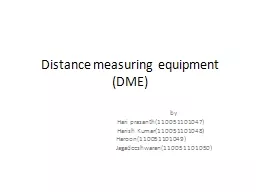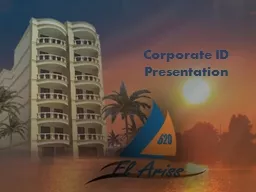PPT-The ARISS S Band Beacon/Transponder Project
Author : marina-yarberry | Published Date : 2015-10-25
S Band Beacon There is a new S Band beacon and transponder being planned for the ISSHam station This device is intended to serve as a beacon for the Ham TV Digital
Presentation Embed Code
Download Presentation
Download Presentation The PPT/PDF document "The ARISS S Band Beacon/Transponder Proj..." is the property of its rightful owner. Permission is granted to download and print the materials on this website for personal, non-commercial use only, and to display it on your personal computer provided you do not modify the materials and that you retain all copyright notices contained in the materials. By downloading content from our website, you accept the terms of this agreement.
The ARISS S Band Beacon/Transponder Project: Transcript
Download Rules Of Document
"The ARISS S Band Beacon/Transponder Project"The content belongs to its owner. You may download and print it for personal use, without modification, and keep all copyright notices. By downloading, you agree to these terms.
Related Documents




